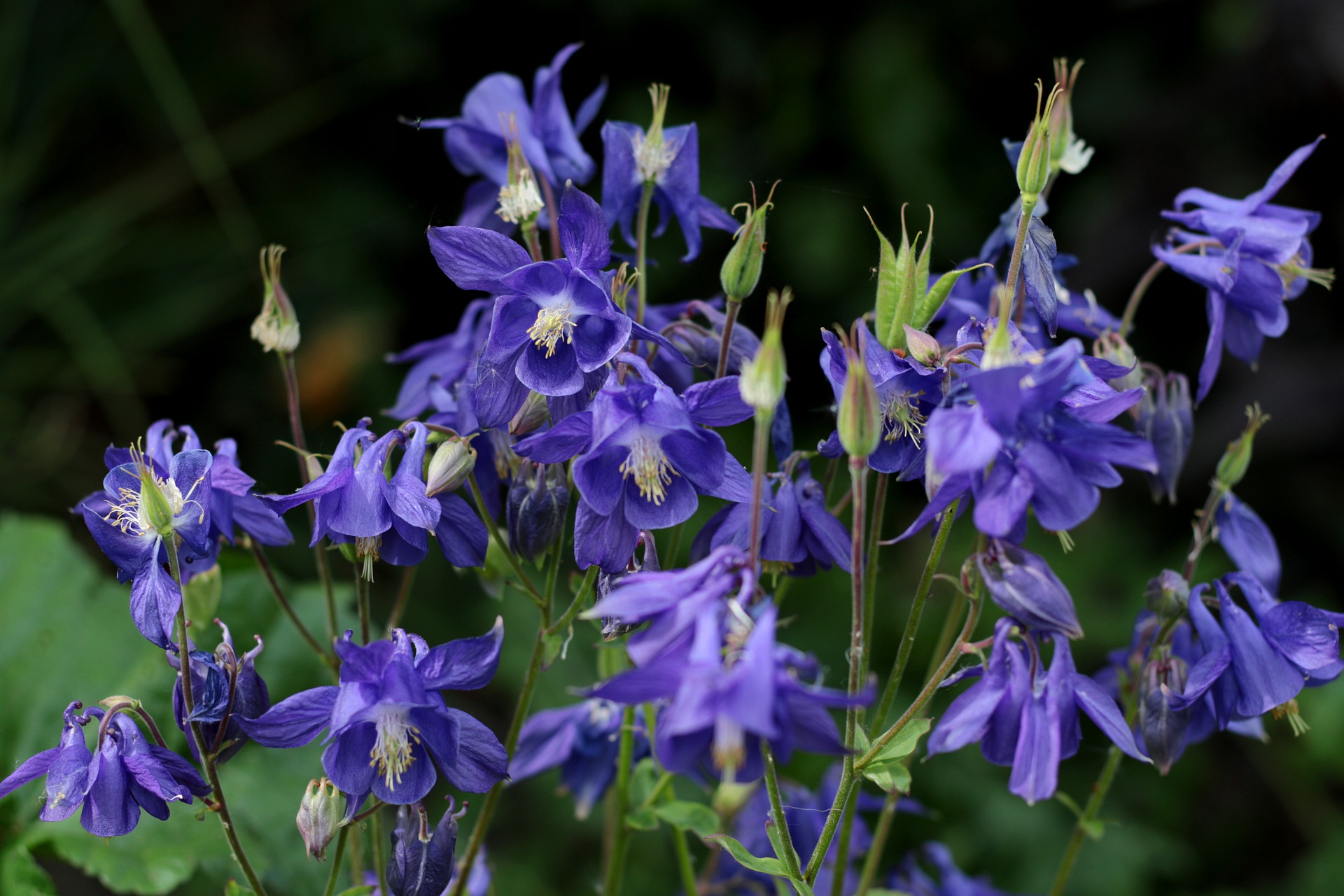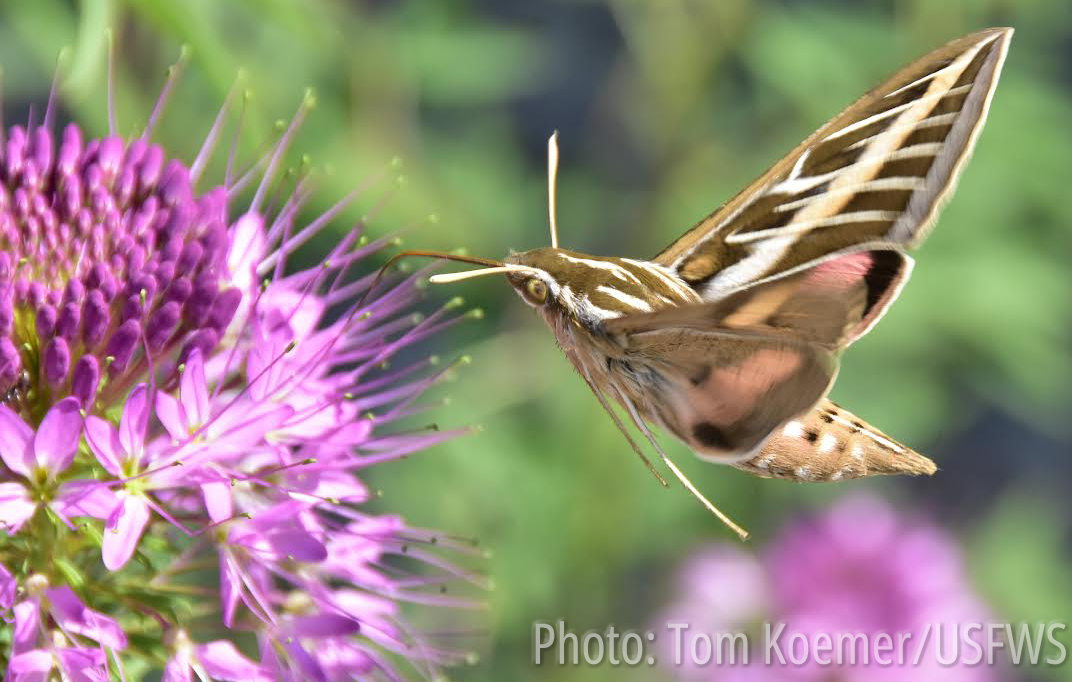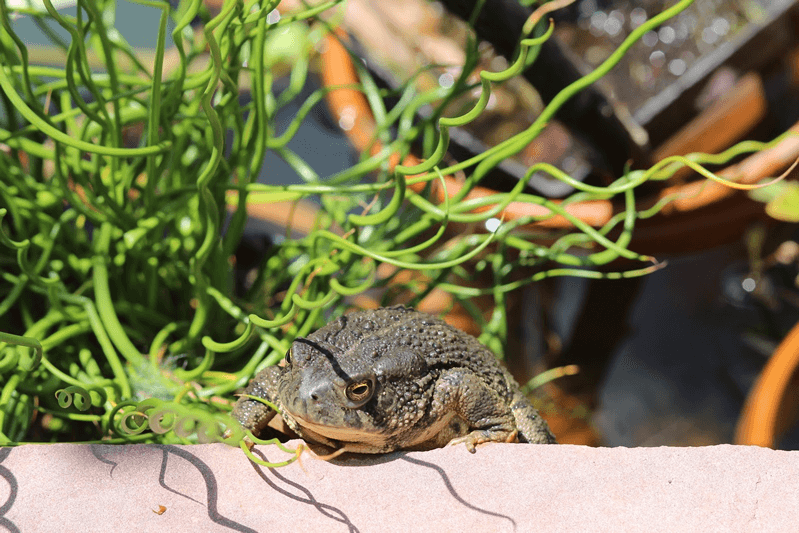When you provide habitat essentials (food, cover, water, places to raise young, and sustainable gardening practices) and plant native in your community, you support all kinds of wildlife species!
Unfortunately, most yards don’t feature a diversity of plant species at all and instead only consist of turf grass, a non-native plant that provides next to nothing in terms of food or shelter for local wildlife. Planting native is key to support your local wildlife as many rely heavily on native plant species as their food source. For example, 96% of terrestrial bird species rely on insects like caterpillars to feed their chicks during nesting season, which means that fewer caterpillars will result in fewer birds (Renusch, 2024). The types of plants you choose for your yard matter to wildlife!
Certify your garden!
CWF partners in Colorado with National Wildlife Federation to participate in NWF’s acclaimed certified wildlife habitat/garden program. You can help protect pollinator populations and other species by creating a wildlife habitat garden – for pollinators, birds, etc. The program provides official recognition for gardens that provide these five key elements: food, water, cover, places to raise young, and sustainable practices. The NWF can recognize a garden in your yard or balcony container garden. You will be helping to replenish resources for pollinators and other wildlife in Colorado. Certify today!

Cheatgrass
Bromus tectorum
Invasive

Daffodils
Narcissus poeticus

Showy Milkweed
Asclepias speciosa

Blanketflower
Gaillardia aristata

White-Lined Sphinx Moth
Hyles lineata

Woodhouse’s Toad
Anaxyrus woodhousii